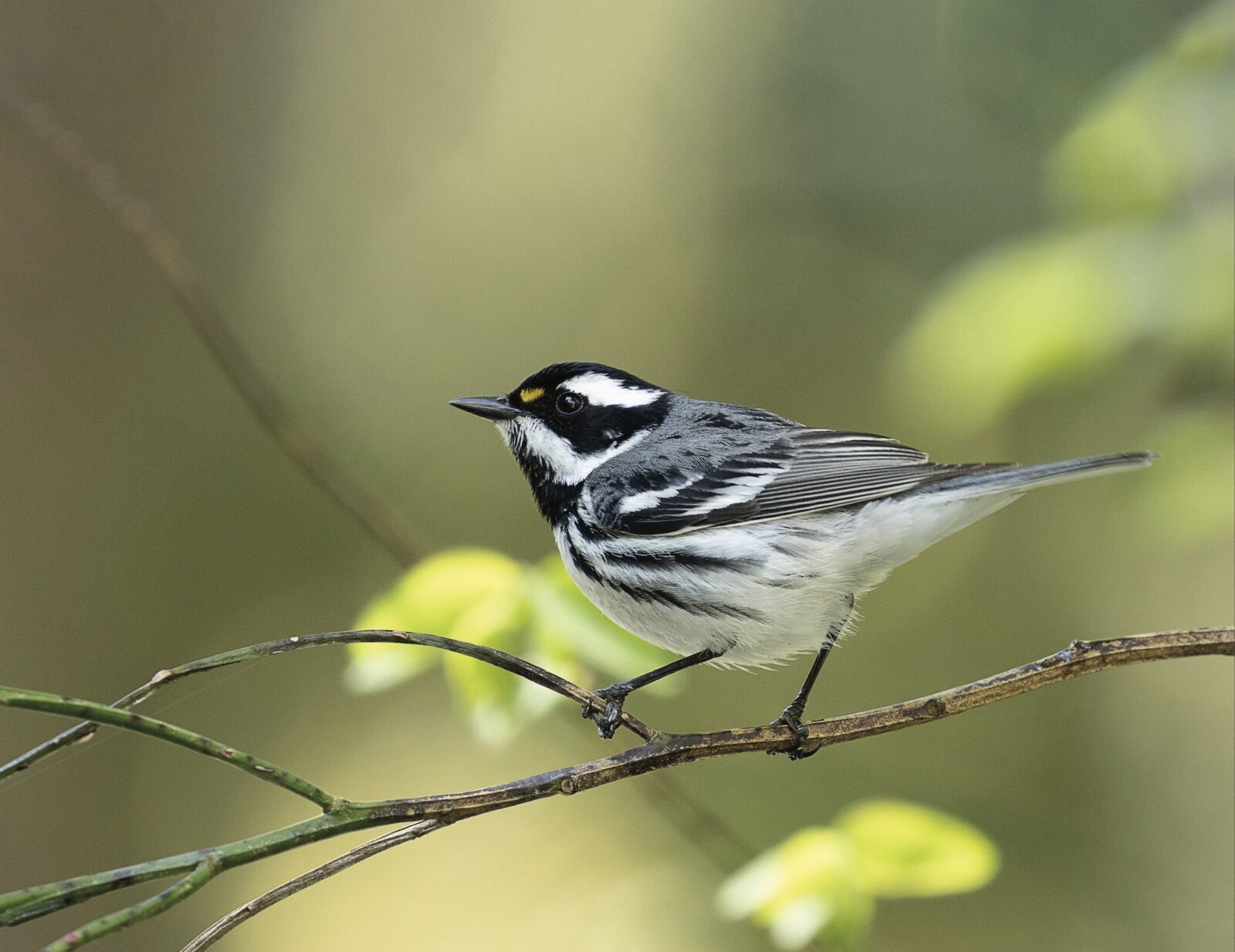I’ve been birding in the North Bay for more than four decades and recommend the following locations for seeing birds during fall migration, which can be especially rewarding when weather patterns or timing may result in large numbers of birds or surprise species.
Marin County
Point Reyes National Seashore
The National Seashore’s “Outer Point” refers to areas including Drakes Beach, the Lighthouse Visitor Center area, the Chimney Rock trailhead’s group of trees (called the “Fish Docks” by birders), and the cypresses near the A and B Ranches. In periods of calm or easterly winds and overcast skies these trees and willow thickets can be wonderfully productive magnets for warblers, flycatchers, sparrows, and other birds.
On just such a day last September our group scanned the cypress trees near the Fish Docks. We had seen yellow warblers and black-throated gray warblers and other western migrants, birds that breed in California and the other Pacific states. Suddenly, a warbler with a burnt orange and black head popped into view. We identified it as a Blackburnian warbler, an uncommon “vagrant” probably from the boreal forest in Canada. Earlier that day we had seen dozens of sooty shearwaters past the breakers, seabirds that had migrated thousands of miles from the Southern Hemisphere. I had also found a red-necked phalarope, a shorebird that had flown south from Alaska. All this diversity within a small area of Point Reyes is a hint of the magic of migration.
The full drama and science of bird migration at Point Reyes has been presented more fully in Bay Nature before, for example, in “The Lost Birds of Point Reyes,” by Carolyn Longstreth, summer 2015, and “The Outer Point in Autumn,” by Jules Evens, October 2012.
Other spots in the National Seashore:
- Abbotts Lagoon – This wetland can be a resting and feeding area for a variety of shorebirds, including the threatened snowy plover. The large number of waterfowl here are sometimes prey for raptors such as peregrine falcons.
- Limantour Estero and Beach – This can also be productive habitat for the same types of birds as at Abbotts. A mid tide can be the best time to visit.
Bolinas Lagoon
By visiting habitats such as the main park at Stinson Beach, pullouts along Highway 1, and areas near the town of Bolinas, one can find a diversity of birds. The Bob Stewart Trail, in the Bolinas Lagoon Open Space Preserve, wends through a tree-covered area usually referred to as Pine Gulch Creek whose dense grove of willow and alder provides important feeding and resting places for many landbirds.
Hawk Hill
Hundreds of red-tailed hawks, accipiters, and many other raptors can concentrate in the Marin Headlands. Avoid foggy days. Check the Golden Gate Raptor Observatory website for recent sightings. In the fall, GGRO volunteers often provide identification help. A good variety of birds can be found in the headlands; indeed, the willow thickets around Rodeo Lagoon can be inviting for many warblers and other landbirds.
Sonoma County
Bodega Bay
Bodega Bay has long been a favorite of local birders. The rocky headlands protecting the bay, known as the Head, are an excellent vantage point from which to see loons, grebes, alcids, and other seabirds, while the rocks are habitat for oystercatchers and turnstones. Doran Park and the flats south of Spud Point Marina during a high tide can be a great roost for godwits, willets, and less common shorebirds. Campbell Cove, Owl Canyon, and other patches of trees provide good habitat for warblers and other landbirds.
Shollenberger Park and Ellis Creek Water Recycling Facility
Both of these productive sites in Petaluma can attract shorebirds and other waterbirds.
Napa County
Huichica Creek
The Huichica Creek Unit of the Napa-Sonoma Marshes Wildlife Area, managed by California Department of Fish and Wildlife, often has an excellent mix of shorebirds, ducks, and other waterbirds.





